Cytomegalovirus pp71 protein is expressed in human glioblastoma and promotes pro-angiogenic signaling by activation of stem cell factor
- PMID: 23861869
- PMCID: PMC3702580
- DOI: 10.1371/journal.pone.0068176
Cytomegalovirus pp71 protein is expressed in human glioblastoma and promotes pro-angiogenic signaling by activation of stem cell factor
Abstract
Glioblastoma multiforme (GBM) is a highly malignant primary central nervous system neoplasm characterized by tumor cell invasion, robust angiogenesis, and a mean survival of 15 months. Human cytomegalovirus (HCMV) infection is present in >90% of GBMs, although the role the virus plays in GBM pathogenesis is unclear. We report here that HCMV pp71, a viral protein previously shown to promote cell cycle progression, is present in a majority of human GBMs and is preferentially expressed in the CD133+, cancer stem-like cell population. Overexpression of pp71 in adult neural precursor cells resulted in potent induction of stem cell factor (SCF), an important pro-angiogenic factor in GBM. Using double immunofluorescence, we demonstrate in situ co-localization of pp71 and SCF in clinical GBM specimens. pp71 overexpression in both normal and transformed glial cells increased SCF secretion and this effect was specific, since siRNA mediated knockdown of pp71 or treatment with the antiviral drug cidofovir resulted in decreased expression and secretion of SCF by HCMV-infected cells. pp71- induced upregulation of SCF resulted in downstream activation of its putative endothelial cell receptor, c-kit, and angiogenesis as measured by increased capillary tube formation in vitro. We demonstrate that pp71 induces a pro-inflammatory response via activation of NFΚB signaling which drives SCF expression. Furthermore, we show that pp71 levels and NFKB activation are selectively augmented in the mesenchymal subtype of human GBMs, characterized by worst patient outcome, suggesting that HCMV pp71-induced paracrine signaling may contribute to the aggressive phenotype of this human malignancy.
Conflict of interest statement
Figures
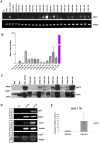
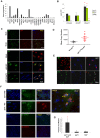
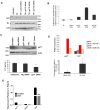

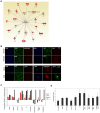
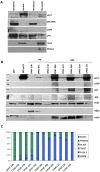
References
-
- Matsui J, Wakabayashi T, Asada M, Yoshimatsu K, Okada M (2004) Stem Cell Factor/c-kit Signaling Promotes the Survival, Migration, and Capillary Tube Formation of Human Umbilical Vein Endothelial Cells. Journal of Biological Chemistry 279: 18600–18607. - PubMed
-
- Purow B, Fine HA (2004) Antiangiogenic therapy for primary and metastatic brain tumors. Hematology/Oncology Clinics of North America 18: 1161–1181. - PubMed
-
- Sun L, Hui A-M, Su Q, Vortmeyer A, Kotliarov Y, et al. (2006) Neuronal and glioma-derived stem cell factor induces angiogenesis within the brain. Cancer Cell 9: 287–300. - PubMed
Publication types
MeSH terms
Substances
Grants and funding
LinkOut - more resources
Full Text Sources
Other Literature Sources
Molecular Biology Databases
Research Materials

